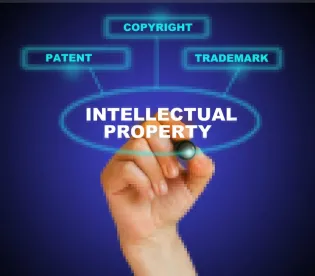IN RE ETHICON: Jan. 3, 2017. Before Newman (dissenting), Lourie, and Dyk .
Takeaway
An explicit teaching, suggestion, or motivation to combine is not necessary under KSR for obviousness.
Procedural Posture
Ethicon appealed PTAB’s affirmance of an examiner’s obviousness rejection during inter partes reexamination. CAFC affirmed.
Synopsis
-
Obviousness: the CAFC affirmed the Board’s finding that the claimed invention was a simple substitution of a coating known to be useful in in vivo applications, such as stents, taught in one prior art reference, in a weight ratio that was known to provide a good balance between strength and elasticity, taught in another prior art reference, and therefore obvious. An explicit teaching, suggestion, or motivation to combine is not necessary under KSR.
-
Newman (dissenting): The prior art did not render the claimed invention obvious because there was no teaching, suggestion, or motivation to combine the elements, from a reference or common sense or common knowledge. In particular, there was no teaching, suggestion, or motivation to select the specific copolymer and ratio of the claimed ’844 Patent’s vascular stent, and no basis for expecting that this composition would produce the advantageous properties that are obtained. The Tuch prior art reference did not teach the specific copolymer taught in the claimed invention. Tuch taught hundreds of monomers encompassing thousands of polymer and copolymers, usable for vascular stents. In addition, the Tu reference did not state that its multilayered saturable implants are useful in vascular stents, or suggest selection of any of its materials for this purpose. A third reference, Lo, did not have any relation to vascular stents or biological applications. Additionally, secondary considerations of copy, commercial success, and medical acclaim were not considered by the Board.





 />i
/>i

